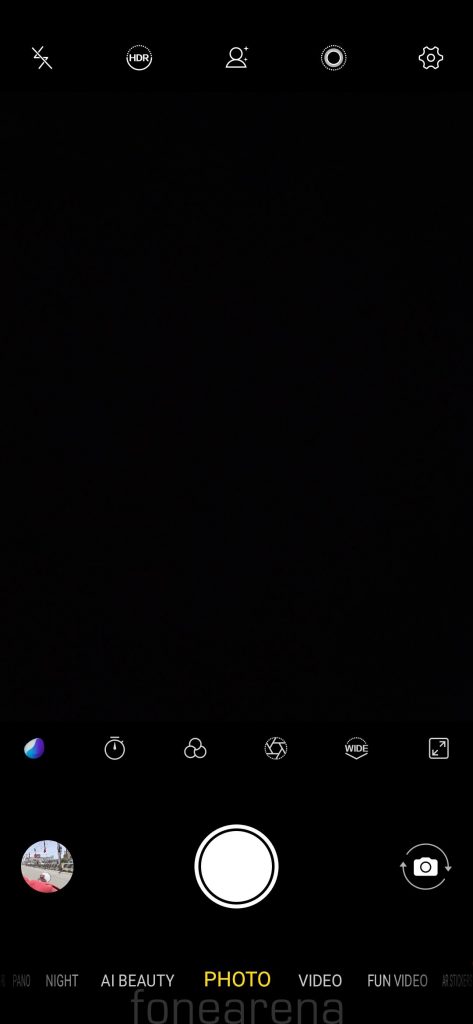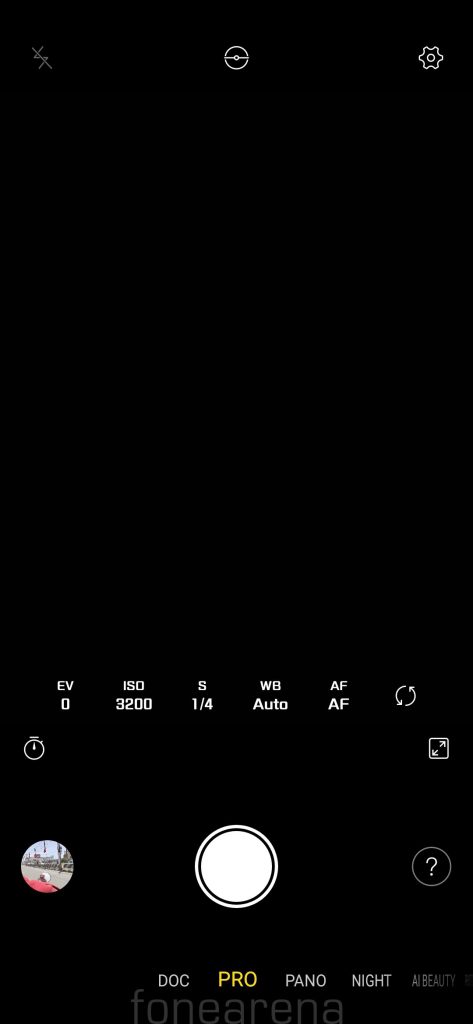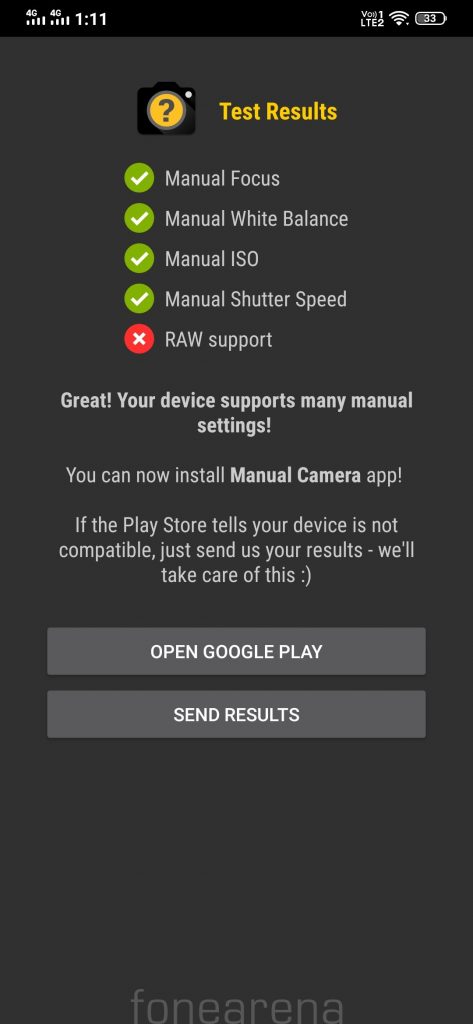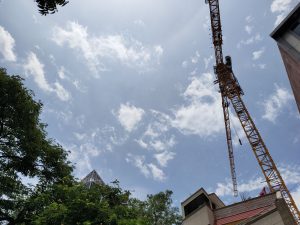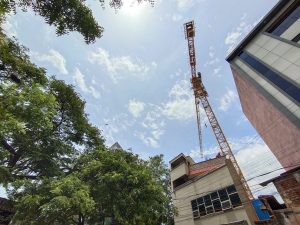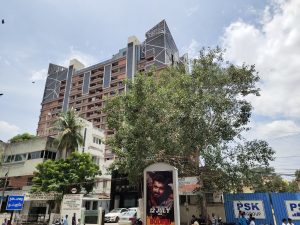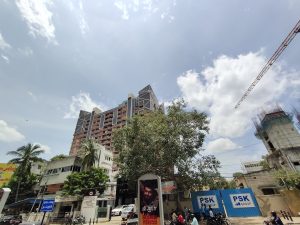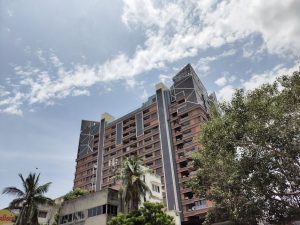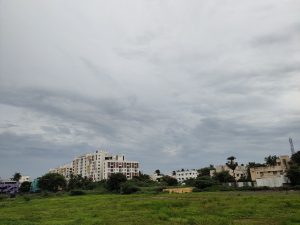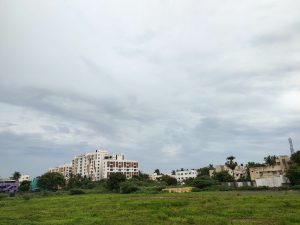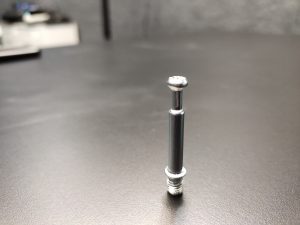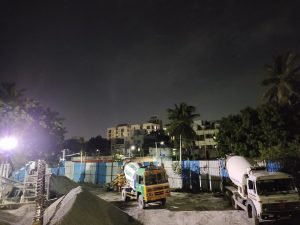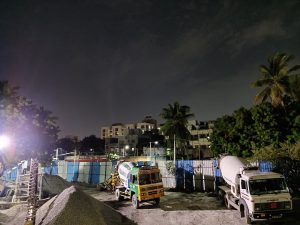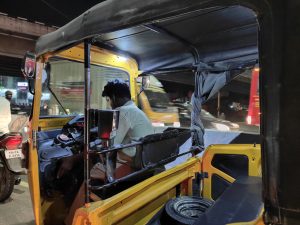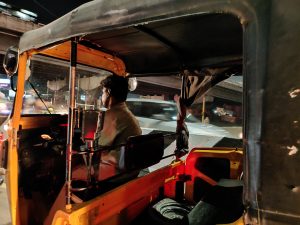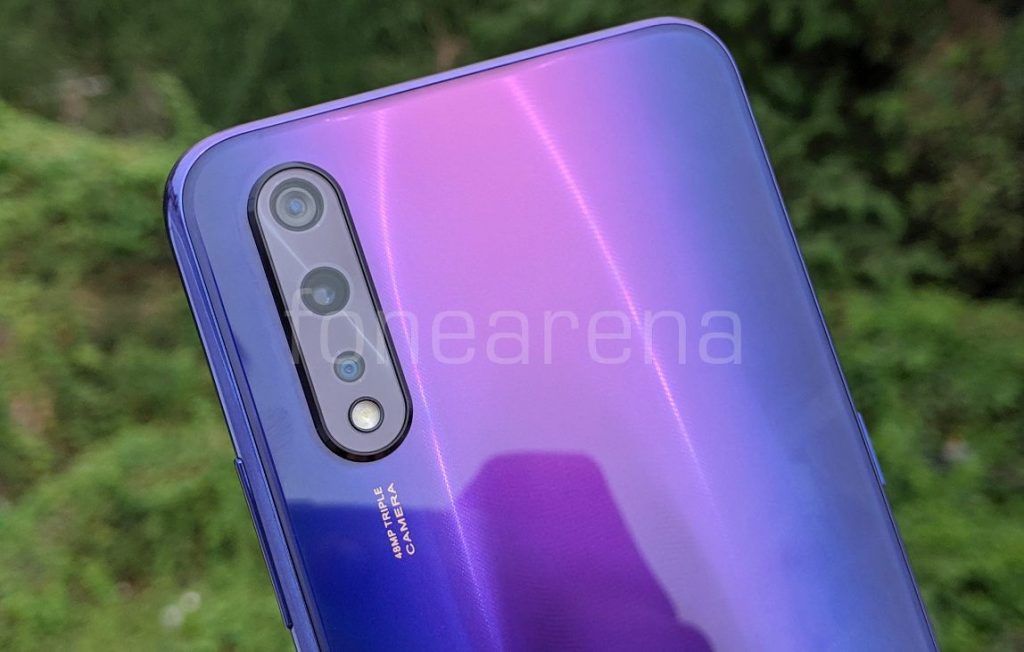
Vivo launched the Z1x smartphone in India last week starting at Rs. 16,990. We already brought you the unboxing and first impressions of the phone, here we have the camera samples from the phone. The Z1x packs a 48-megapixel primary rear camera with Sony IMX582 sensor, f/1.79 aperture, 8-megapixel 120° wide-angle camera with f/2.2 aperture and 2-megapixel camera with f/2.4 aperture to capture depth information in portrait shots.
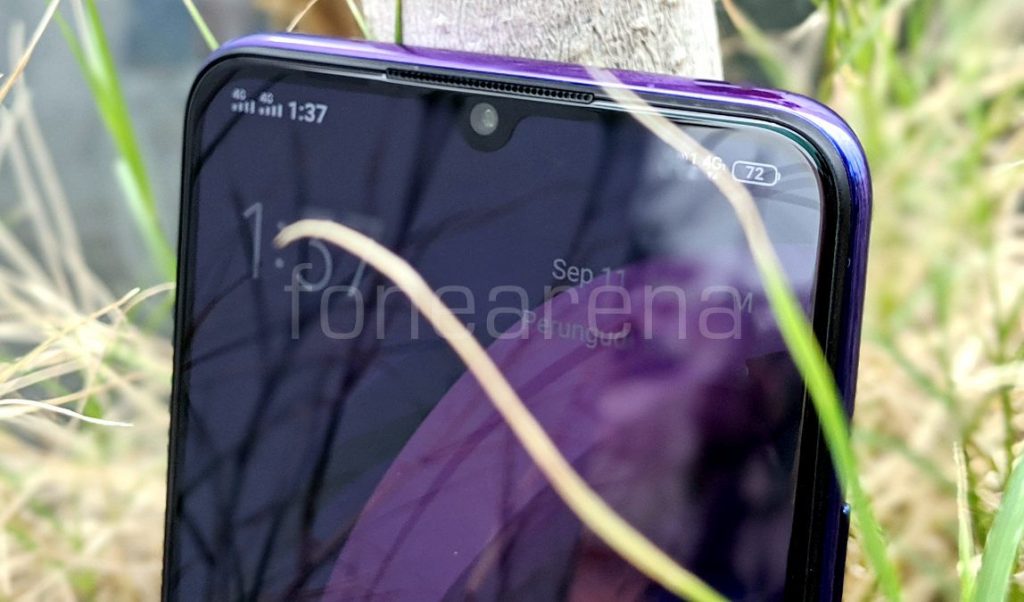
It has a 32-megapixel front camera with f/2.0 aperture, which is housed inside notch.
The camera UI is simple with toggles for flash, HDR, Portrait lighting and live photos on the top, along with settings button that lets you switch aspect ratio, add watermark, Geo location, framing lines, AI portrait framing and AI scene identification. On the bottom there is an option for image recognizer, timer, effects, portrait mode and switch to wide-angle camera. Below that there is an image preview button, shutter key and front and rear camera toggle. Below that there is an option to switch camera modes that include DOC (Documents), Pro (To manually adjust Exposure, ISO (up to 3200), Shutter speed (1/12000 to 32 seconds), Panorama, Night, AI Beauty, Photo, Video, FUN Video and AR Stickers). The phone also supports Camera2 API by default so Google Camera ports for advanced editing, but it doesn’t support RAW capture.
Coming to the image quality, day light shots are good, and it is recommended to enable HDR option which automatically switches on HDR according to the shot, so that the dynamic range is good. The camera can focus quickly. Macro shots are good with good amount of blur even in closeup shots, and the wide-angle camera is useful, but the image quality is not the best since it uses a smaller 8-megapixel sensor. It offers 108° image capture after accounting for distortion, even though the phone 120° lens. Images are automatically optimized according, which is good. It uses the 2MP camera to blur the background for portrait shots, which is good in terms of edge detection, but it could have been better. Low-light images are decent, but it has noise, and the night mode is pretty good compared to the Z1Pro, thanks to the 48-megapixel sensor.
The 32-megapixel front camera is pretty good and sharp. Front camera portrait uses software to blur the background, which is decent. It also has HDR support and AI beautification with a lot of customizable options. Overall, the camera is good for the price.
Check out the camera samples below (Click the image to view the full resolution sample).
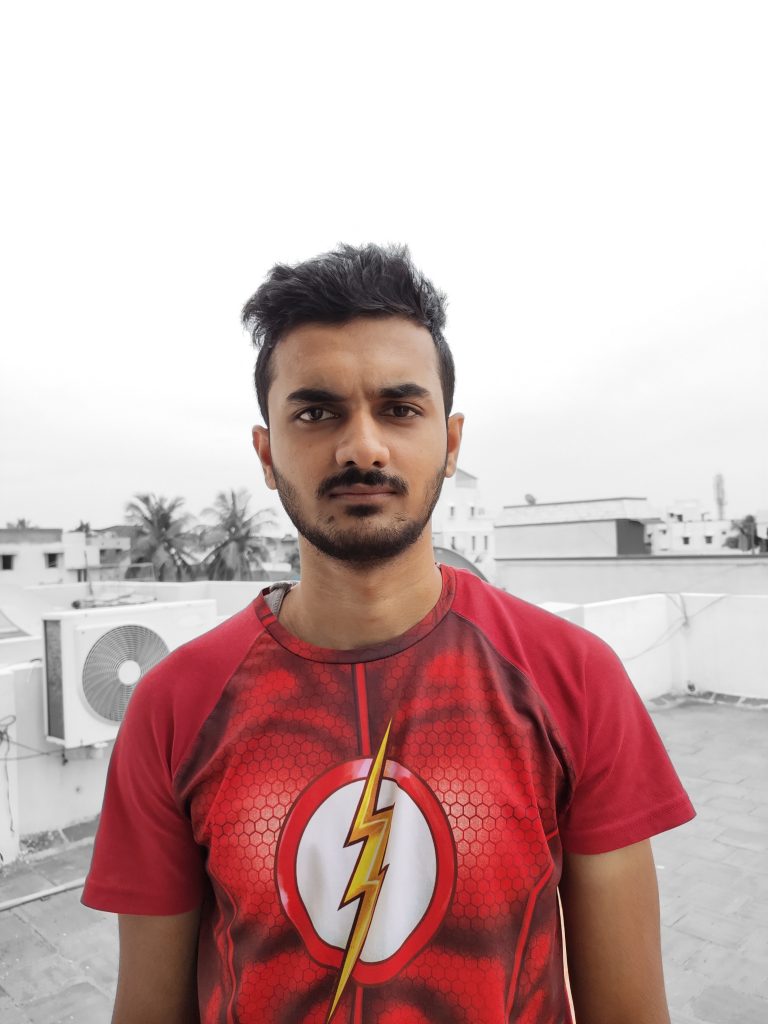
It can record videos at 4k resolution at up to 30 fps. Video quality is good. It also has 720p slow-mo and time-lapse options in the video settings. Check out the samples below.
Check full Vivo Z1x Review here.

